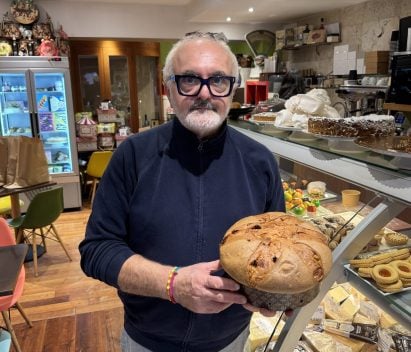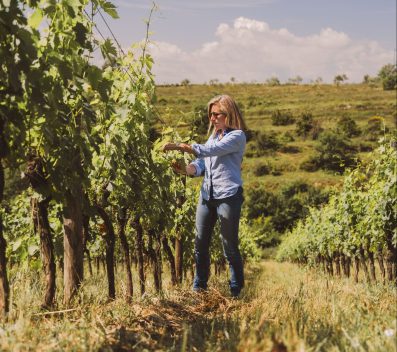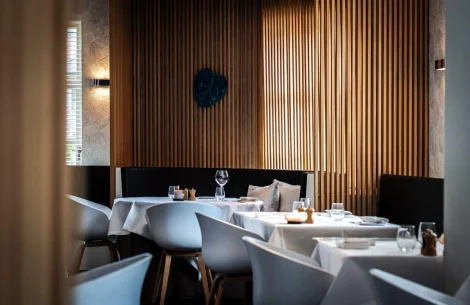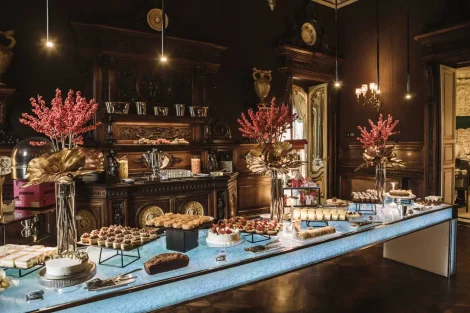In Piedmont, in the heart of the province of Novara, about 389 metres above sea level, lies Boca, a small village nestled among gently rolling vineyard-covered hills, with its gaze set towards the majestic Alpine peaks towering in the background. The climate is characterised by mild, breezy summers, thanks to the winds descending from Monte Rosa, and a strong diurnal temperature range, especially in the final ripening stages.
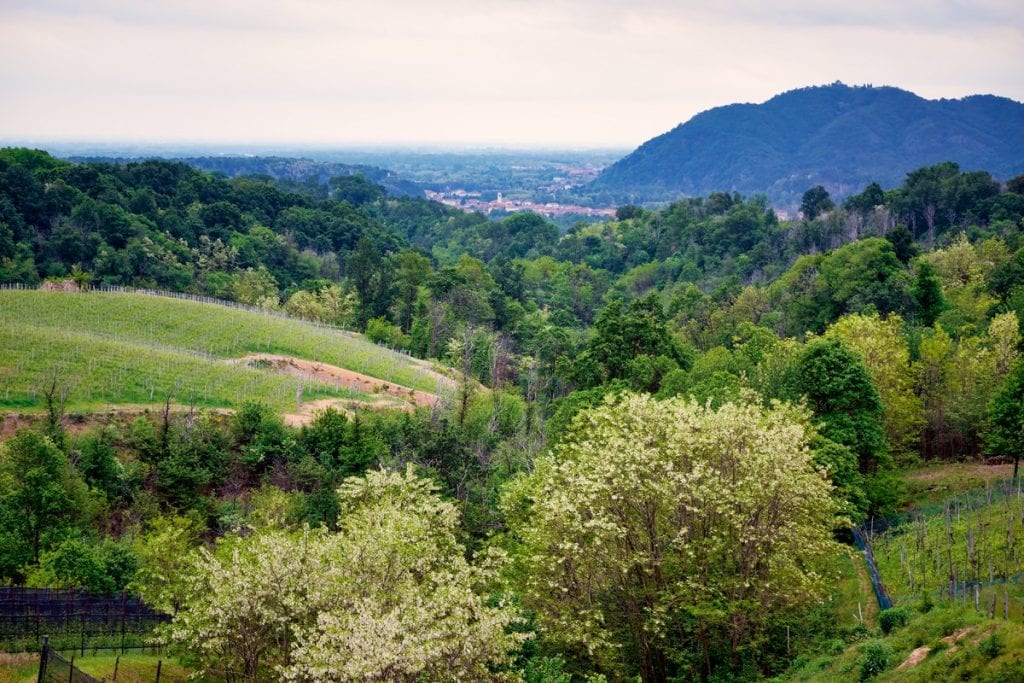
The Boca DOC, born from an extraordinary terroir
The small village of Boca gives its name to an equally small wine denomination, whose uniqueness stems from a terroir that is extraordinary in both origin and complexity. The soil upon which the vineyards grow is the result of a long geological process. Boca lies within the fossil supervolcano of Valsesia, one of the largest and most complex in the world, now also recognised as a UNESCO Geopark. The vineyard soils are formed on ancient red porphyry flows and on acidic volcanic rock formations, including tuffs and granites.
This geological base gives the soil acidity, low organic content, good drainage, and a notable richness in minerals—fundamental elements for the wine quality of this area, whose nuances can also be found in the glass. This kind of subsoil gives the wines an unmistakable mineral profile, with finely chiselled tannins and vibrant acidity. Moreover, the scarcity of nutrients in the soil naturally limits vine vigour, allowing energy to be concentrated in the ripening of the grapes.
Over the centuries, local viticulture has evolved profoundly. Training methods, originally tied to traditional farming practices, have gradually been refined thanks to accumulated experience and increasing attention to quality. Nonetheless, some ancient methods are still jealously preserved, such as the maggiorina, a traditional training system still adopted and safeguarded by some local winemakers. It is a testament to an ancient and wise viticulture, encompassing centuries of agricultural adaptation, empathetic knowledge of the land, and a sophisticated agronomic logic often misunderstood in modern times.
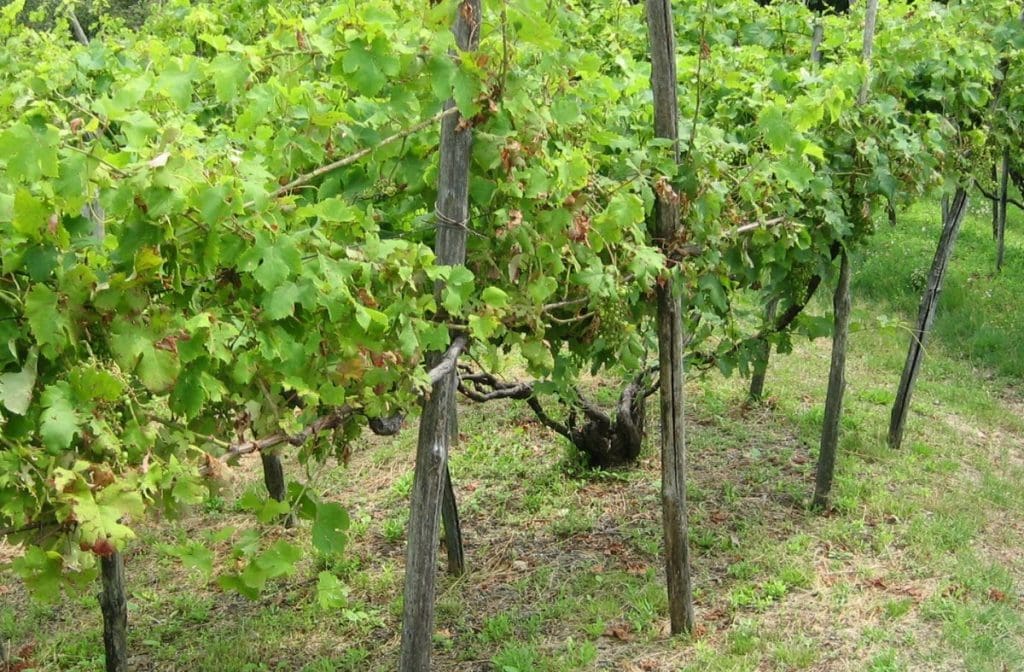
In short, it is a quadripartite-shaped training system, in which three or four vine stocks are arranged at the corners of a square, and the canes are tied radially to an inclined or horizontal frame about a metre and a half from the ground. The structure resembles a cross or a wheel when viewed from above. This setup creates a horizontal vegetative mat that efficiently intercepts sunlight and protects the bunches from too much direct exposure, aiding in slow and even ripening. In recent years, visionary producers such as Christoph Künzli of Le Piane have rediscovered the historical and environmental value of the maggiorina, restoring it for conservation and oenological purposes.
The grape varieties of the Boca DOC
The Boca denomination area extends over the entire municipal territory of Boca and partly over those of Maggiora, Cavallirio, Prato Sesia and Grignasco, in a foothill zone at the foot of the Pennine Alps, straddling Valsesia and the upper Novara plain. We are at altitudes between 400 and 500 metres, elevations that significantly affect the ripening of grapes and the wine’s freshness.
The grapes used in the production of Boca (also available in the Riserva type) are Nebbiolo (from 70 to 90%), Vespolina and Uva Rara, also found in Lessona, either alone or blended in percentages from 10% to 30%. As for maturation, a Boca requires at least 34 months (with at least 18 months in wood); for a Boca Riserva, the ageing extends: it must mature for 46 months (with at least 24 months in wood).
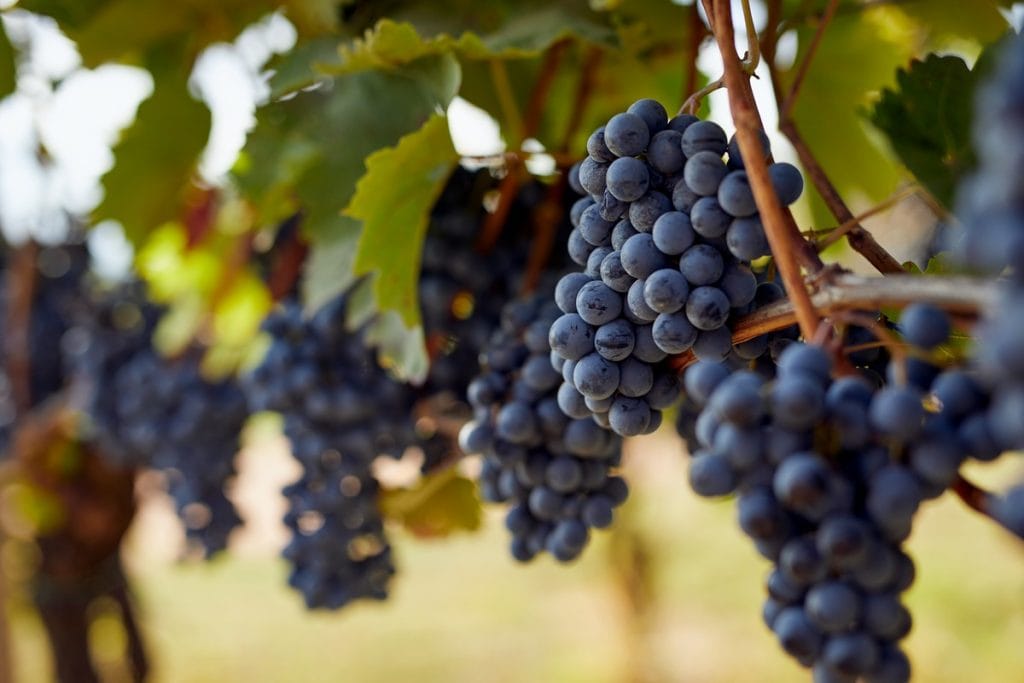
Vespolina
While we’ve often spoken of Nebbiolo, a few words should be said about the other two varieties accompanying it in this denomination. Vespolina is a red grape native to northern Piedmont, cultivated mainly in the provinces of Novara, Vercelli and Biella. Little known to the general public, it is well known among local enthusiasts and producers, where for centuries it has been an essential component of traditional wines—both blended with Nebbiolo and, more recently, vinified on its own. Vespolina's origins are ancient and partly shrouded in mystery. The variety was documented as early as the 18th century, but it likely existed in the region long before. The name may derive from the word vespa (wasp), referring to the sweetness of the ripe berries that attract these insects. Modern genetic studies have shown that Vespolina belongs to the same family as Nebbiolo, sharing a degree of kinship, and is also related to other local varieties such as Croatina and Uva Rara—though it stands out clearly in morphology, phenology, and aroma.
Uva Rara
Uva Rara is mainly grown in parts of northeastern Piedmont but also stretches into Lombardy, especially the Oltrepò Pavese. It is often present as a supporting variety in blends, thanks to its gentle aromatic profile and good adaptability, contributing significantly to the balance of many northern Italian wines.
Despite its name suggesting an exotic or rare variety, it is actually a generic term that has, over the centuries, been used for various local varieties. To avoid confusion, it’s helpful to note that in the context of Piedmont and the Oltrepò Pavese, Uva Rara generally refers to Bonarda Novarese, a variety genetically distinct from the Bonarda Piemontese and from Croatina (also called Bonarda tout court in the Oltrepò, though unrelated to Uva Rara).
The wines of the Boca DOC. Our top tastings
Wines bearing the Boca denomination generally display great character and longevity. Production, however, is rather limited, contributing to a certain exclusivity and a high regard among fine wine enthusiasts. The dedication of local winemakers to maintaining high production quality ensures that each bottle best represents the unique characteristics of this region. These are wines with subtle aromas, vaguely floral and spicy nuances, a palate punctuated by fine tannins, and a vertical dynamic with a savoury-mineral undertone. These are the hallmarks of the best Boca wines we reviewed in the Gambero Rosso Vini d’Italia 2025 guide, and which you’ll find below.
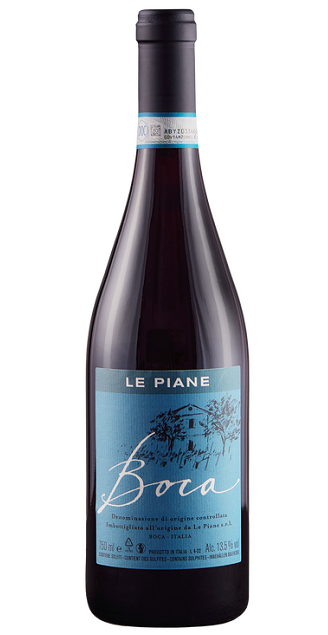
Le Piane’s 2020 Boca opens with notes of fruit and tobacco, followed by a finely crafted sanguine note. The palate is austere, the tannins well present yet perfectly balanced by the richness and depth of this great wine.
Located within the Monte Fenera Nature Park, Le Piane is a benchmark for the revival of northern Piedmontese winemaking, and the sensitivity, passion and dedication of Christoph Künzli are its soul and driving force. In 1998, it was his shared love for the region with his friend Alexandr Trolf that led to the purchase of the Campo alle Piane vineyard from Antonio Cerri. These lands are rich in volcanic-origin porphyry, gravelly on the surface, south-facing, and enjoy excellent thermal excursions.
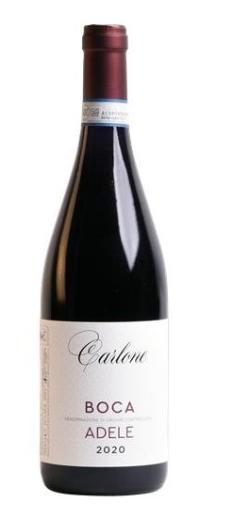
Boca Adele 2020 – Davide Carlone
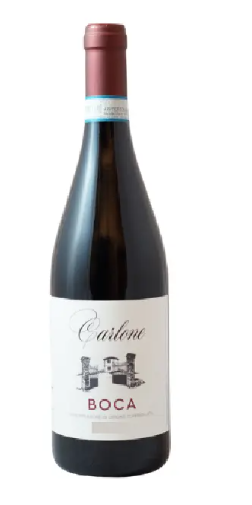
Davide Carlone resumed his family’s winemaking activity in 1991, with the support of his sister Michela. The winery’s focus is on enhancing the value of the region, as demonstrated by the cultivation of local varieties using sustainable and environmentally respectful methods. In the cellar, the emphasis is on craftsmanship and the pursuit of authentic wine expression, offering products that reflect the unique characteristics of the region.
Standing out in this year’s tastings are the two Boca wines, distinguished by typical notes for the denomination that make these wines fascinating to taste. Particularly characterful is the Boca Adele 2020, with notes of cinchona and rhubarb. The structured palate is slightly tightened by dense tannins, yet well balanced by a fleshy core that ensures volume to the sip. Again, rhubarb aromas in the Boca 2020, joined by hints of olives. On the palate it impresses with decent complexity and finesse, along with a fine tannic structure.
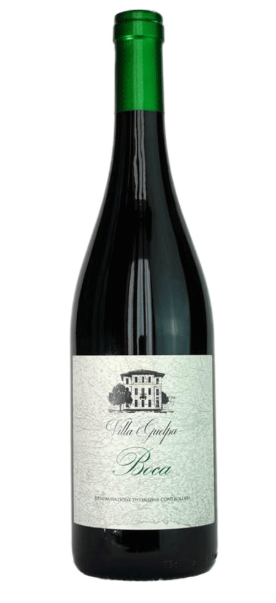
Villa Guelpa’s Boca 2021 is very good, with intense aromas of raspberry and pepper. A refined and impressively deep palate.
Thanks to his extensive experience in the sector, Daniele Dinoia began restoring the cellar and the 19th-century villa of Villa Guelpa in Lessona in 2015, adjacent to the hillside vineyard and on the banks of the Strona stream. The vineyards are located in various zones, each with different characteristics: alluvial gravel soils in the hills of Roppolo, siliceous sands in Mottalciata, sandy soils in Lessona and Sizzano, and clays and porphyry in Boca. The territory offers a mild climate and excellent temperature variation between night and day.
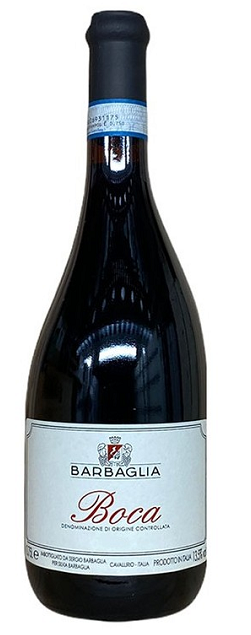
Barbaglia’s Boca 2020 expresses class and typicality, with red fruit aromas and balsamic and menthol notes. The sip is dense, rich, with a savoury finish.

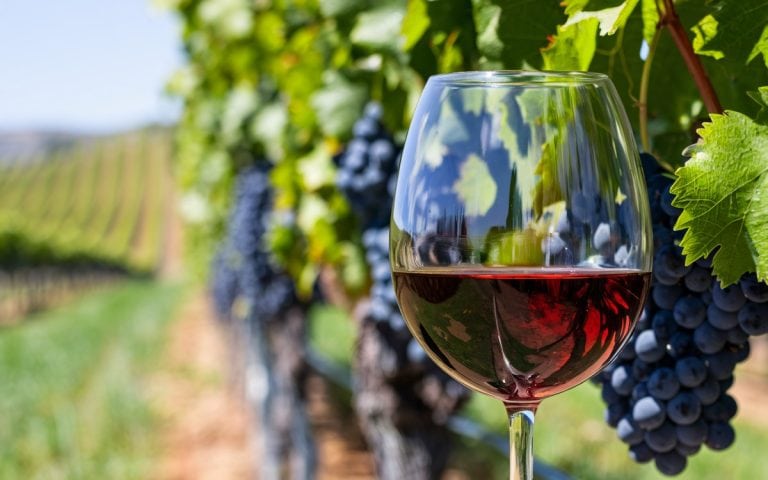
 2025 was the year of Trump's tariffs – will 2026 be better for Italian wine in the US?
2025 was the year of Trump's tariffs – will 2026 be better for Italian wine in the US?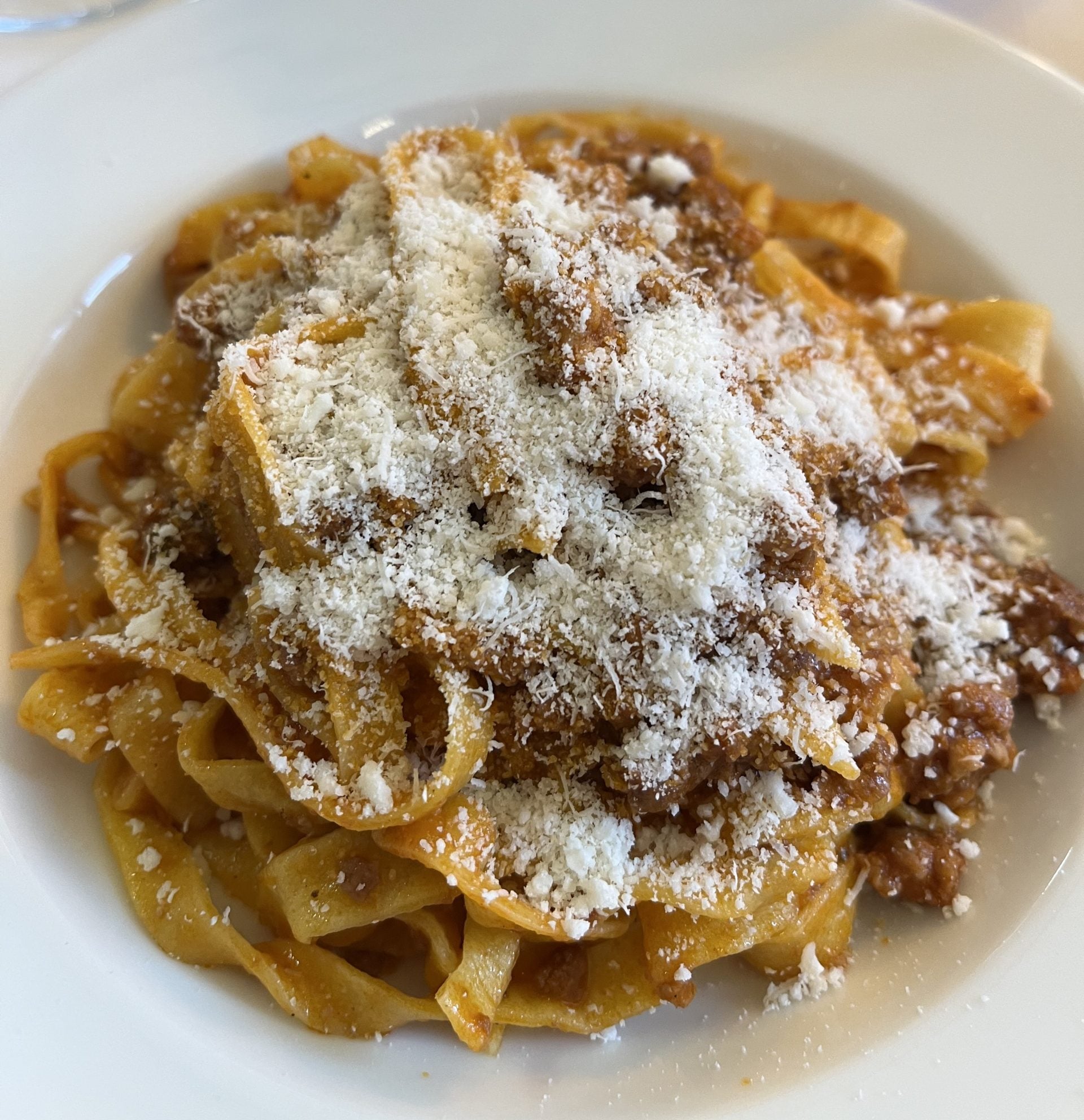 Italian cuisine recognised by UNESCO
Italian cuisine recognised by UNESCO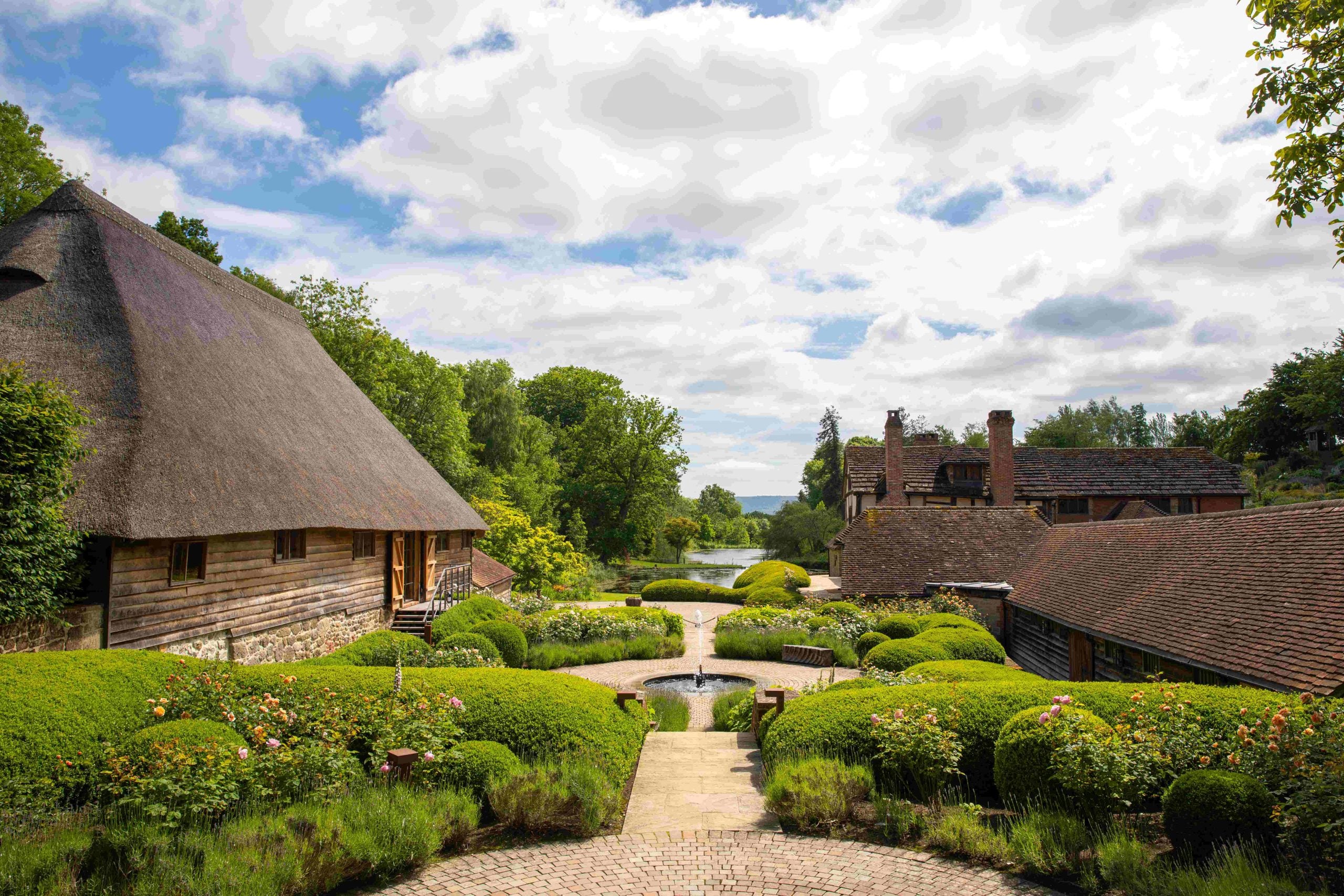 Where is English sparkling wine going?
Where is English sparkling wine going?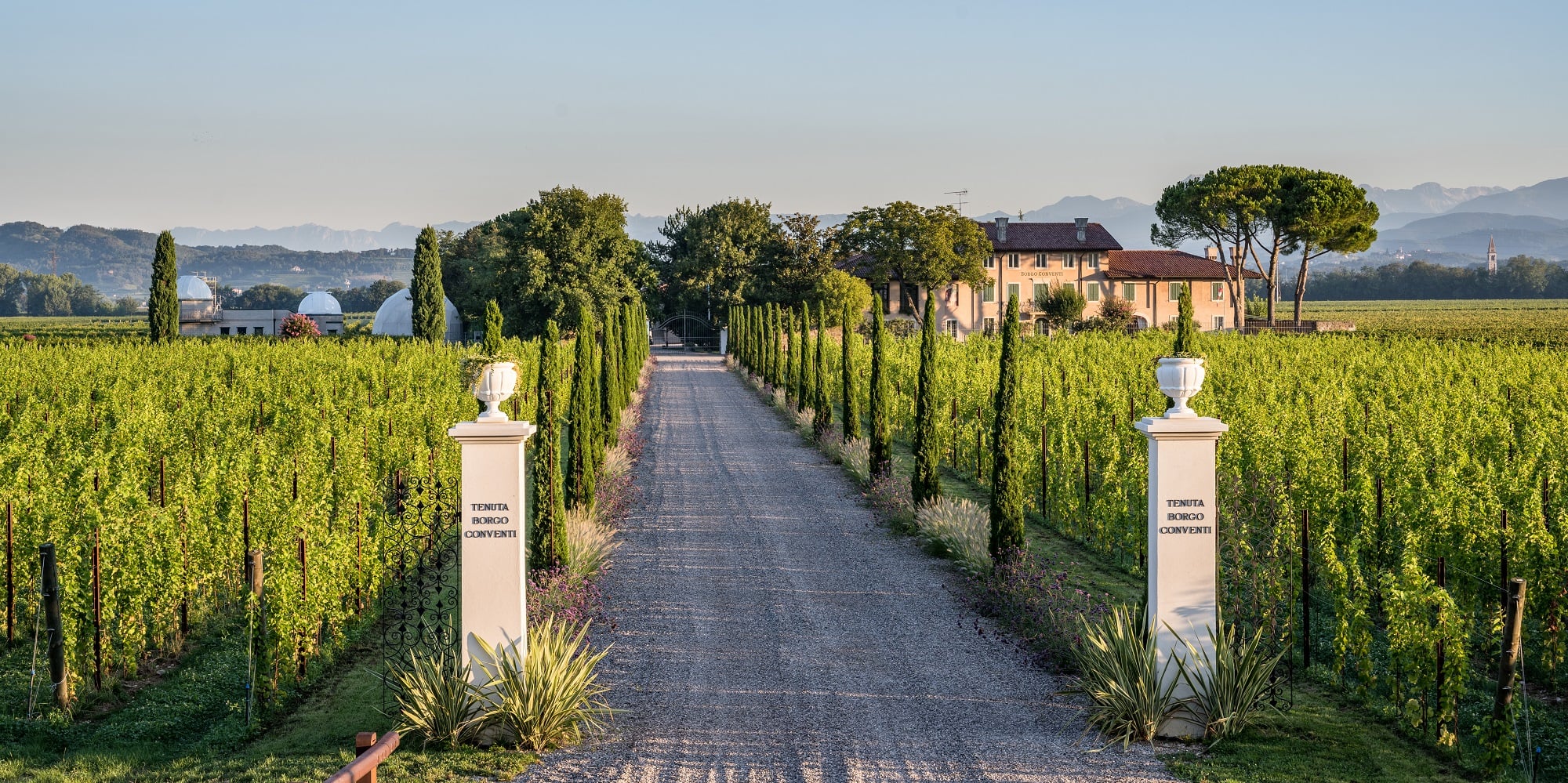 Why Borgo Conventi's Luna di Ponca should be on your radar
Why Borgo Conventi's Luna di Ponca should be on your radar Why Parmigiano Reggiano is about to become a Hollywood star
Why Parmigiano Reggiano is about to become a Hollywood star